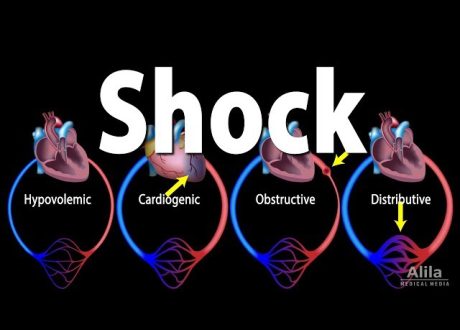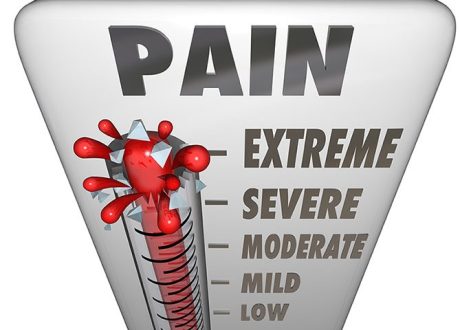Destin Groff, BA1; Ashley Sun, BA1; Anna E. Ssentongo, DrPH, MPH1,2; et al
Key Points
Question What are the short-term and long-term postacute sequelae of COVID-19 (PASC) infection?
Findings In this systematic review of 57 studies comprising more than 250 000 survivors of COVID-19, most sequelae included mental health, pulmonary, and neurologic disorders, which were prevalent longer than 6 months after SARS-CoV-2 exposure.
Meaning These findings suggest that long-term PASC must be factored into existing health care systems, especially in low- and middle-income countries.
Importance Short-term and long-term persistent postacute sequelae of COVID-19 (PASC) have not been systematically evaluated. The incidence and evolution of PASC are dependent on time from infection, organ systems and tissue affected, vaccination status, variant of the virus, and geographic region.
Objective To estimate organ system–specific frequency and evolution of PASC.
Evidence Review PubMed (MEDLINE), Scopus, the World Health Organization Global Literature on Coronavirus Disease, and CoronaCentral databases were searched from December 2019 through March 2021. A total of 2100 studies were identified from databases and through cited references. Studies providing data on PASC in children and adults were included. The Preferred Reporting Items for Systematic Reviews and Meta-analyses (PRISMA) guidelines for abstracting data were followed and performed independently by 2 reviewers. Quality was assessed using the Newcastle-Ottawa Scale for cohort studies. The main outcome was frequency of PASC diagnosed by (1) laboratory investigation, (2) radiologic pathology, and (3) clinical signs and symptoms. PASC were classified by organ system, ie, neurologic; cardiovascular; respiratory; digestive; dermatologic; and ear, nose, and throat as well as mental health, constitutional symptoms, and functional mobility.
Findings From a total of 2100 studies identified, 57 studies with 250 351 survivors of COVID-19 met inclusion criteria. The mean (SD) age of survivors was 54.4 (8.9) years, 140 196 (56%) were male, and 197 777 (79%) were hospitalized during acute COVID-19. High-income countries contributed 45 studies (79%). The median (IQR) proportion of COVID-19 survivors experiencing at least 1 PASC was 54.0% (45.0%-69.0%; 13 studies) at 1 month (short-term), 55.0% (34.8%-65.5%; 38 studies) at 2 to 5 months (intermediate-term), and 54.0% (31.0%-67.0%; 9 studies) at 6 or more months (long-term). Most prevalent pulmonary sequelae, neurologic disorders, mental health disorders, functional mobility impairments, and general and constitutional symptoms were chest imaging abnormality (median [IQR], 62.2% [45.8%-76.5%]), difficulty concentrating (median [IQR], 23.8% [20.4%-25.9%]), generalized anxiety disorder (median [IQR], 29.6% [14.0%-44.0%]), general functional impairments (median [IQR], 44.0% [23.4%-62.6%]), and fatigue or muscle weakness (median [IQR], 37.5% [25.4%-54.5%]), respectively. Other frequently reported symptoms included cardiac, dermatologic, digestive, and ear, nose, and throat disorders.
Conclusions and Relevance In this systematic review, more than half of COVID-19 survivors experienced PASC 6 months after recovery. The most common PASC involved functional mobility impairments, pulmonary abnormalities, and mental health disorders. These long-term PASC effects occur on a scale that could overwhelm existing health care capacity, particularly in low- and middle-income countries.










